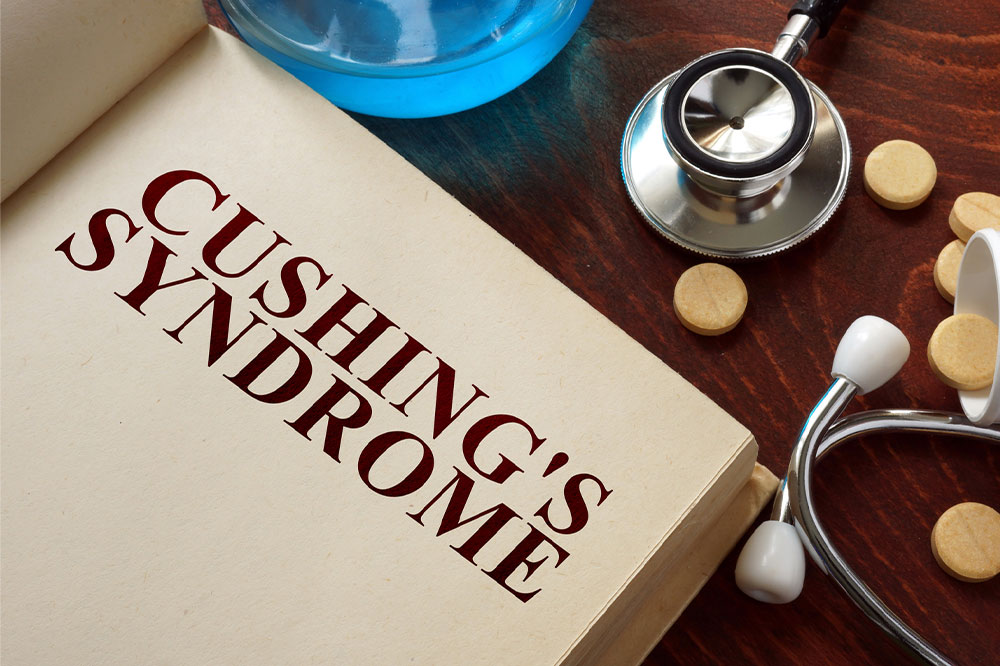Recognizing and Managing Meningitis in Children: Key Insights
This article provides essential information about meningitis in children, highlighting its causes, symptoms, diagnosis, and treatment options. Early recognition and prompt medical intervention are crucial to prevent serious complications. Learn how to identify signs and when to seek help to ensure the best outcomes for affected children.
Sponsored

Meningitis is the inflammation of the membranes surrounding the brain and spinal cord, which can be potentially fatal. Immediate medical attention is vital for anyone showing symptoms of this condition.
Causes of Meningitis
Meningitis can result from viral or bacterial infections. Other factors include injuries, certain medications, and cancers. Transmission occurs through sneezing, coughing, or close contact like kissing. Viral meningitis is common and usually less severe, whereas bacterial meningitis can be deadly if untreated. Fungal meningitis is rare but causes chronic illness. Symptoms vary based on age and cause.
Bacterial meningitis spreads via nasal and throat secretions. Infants often face causes like Group B strep, E. coli, and Listeria. In teens, Streptococcus pneumoniae and Neisseria meningitidis are common culprits. If untreated, complications such as hearing loss, epilepsy, brain damage, kidney failure, gait problems, shock, hydrocephalus, or heart inflammation may occur, which can be life-threatening.
Viral meningitis is generally less severe, with most recovering without specific treatment. It spreads through close contact, especially in crowded settings like boarding schools. Symptoms include cold, fever, sore throat, diarrhea, and flu-like signs. Prompt medical attention is crucial if symptoms worsen.
Signs and Symptoms of Meningitis in Children
Early symptoms are similar to flu, including fever, headache, and neck stiffness, making diagnosis difficult. Key indicators include severe headache, neck rigidity, high fever, and altered consciousness. Additional signs involve nausea, vomiting, irritability, skin rashes, cold extremities, light sensitivity, rapid breathing, weakness, drowsiness, fast heartbeat, and fear of loud sounds. In infants, symptoms also involve high-pitched crying, poor feeding, swelling, jaundice, and stiffness.
Timely recognition and medical intervention are critical to prevent serious health issues. Symptoms may appear in any order or not all at once, so consult a healthcare professional when in doubt.
Diagnosis and Treatment
Diagnosis involves a spinal tap to analyze cerebrospinal fluid. Vaccinations can prevent certain types of meningitis. Antibiotics are essential for bacterial cases, while antiviral medications help in viral cases. Corticosteroids may be used to reduce inflammation and prevent complications. Early diagnosis and treatment are key to recovery, so seek medical help immediately if meningitis is suspected.






